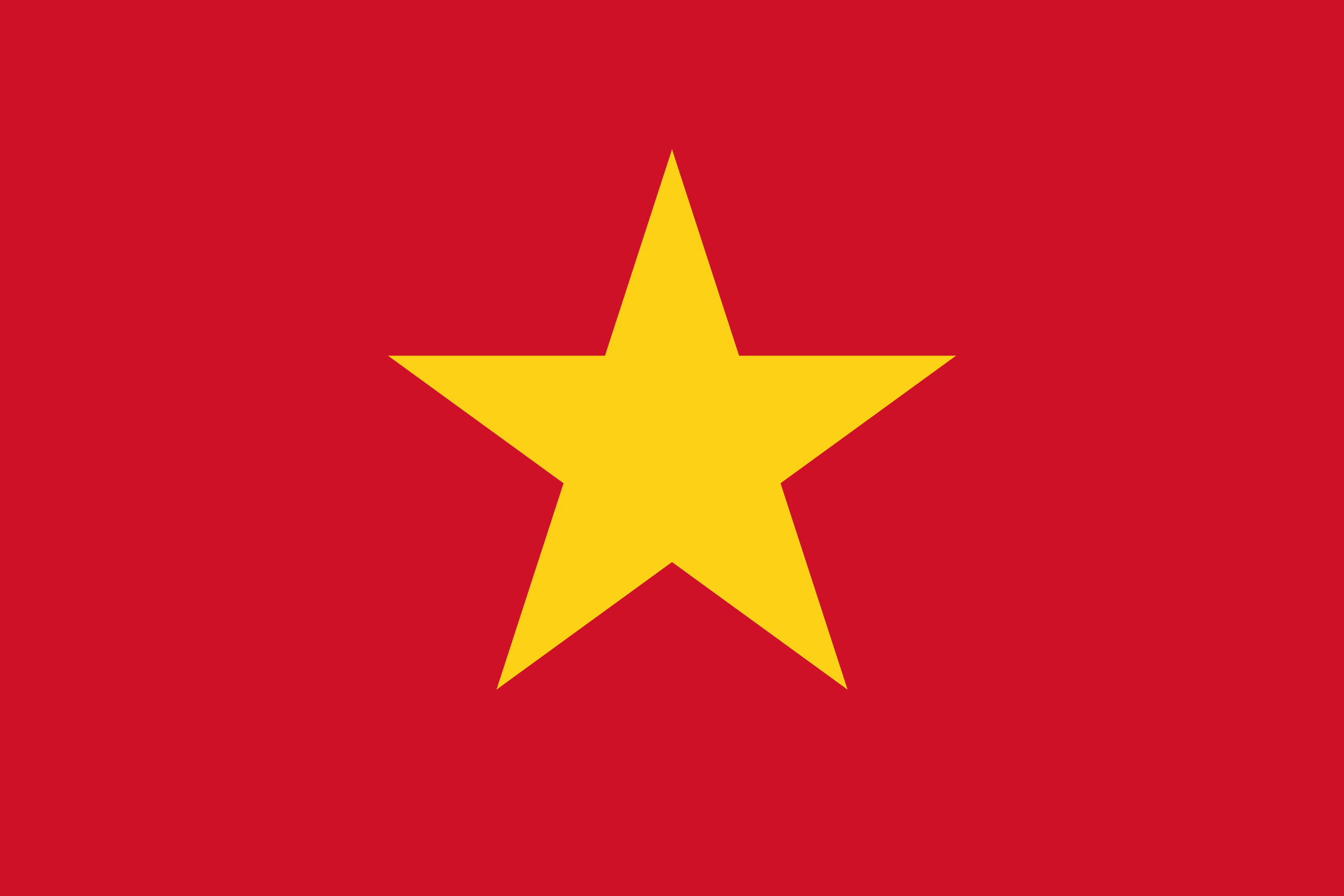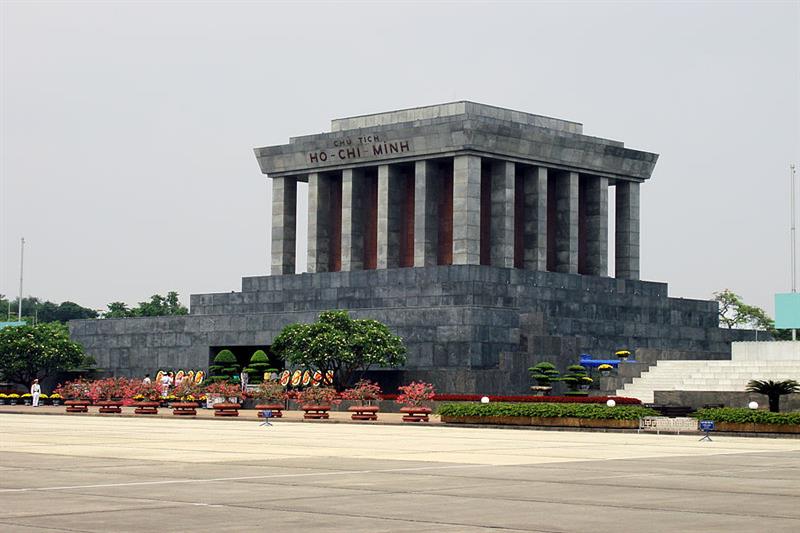The Ho Chi Minh Mausoleum is not only a place that protects the remains of President Ho Chi Minh but also a powerful symbol of national resilience and independence. When staying at Hotel Lapis Hanoi, you will have the opportunity to reach this historically significant landmark within minutes. Easily accessible and imbued with a solemn atmosphere, visitors will experience the sacredness and reverence that the entire nation holds for the great leader.
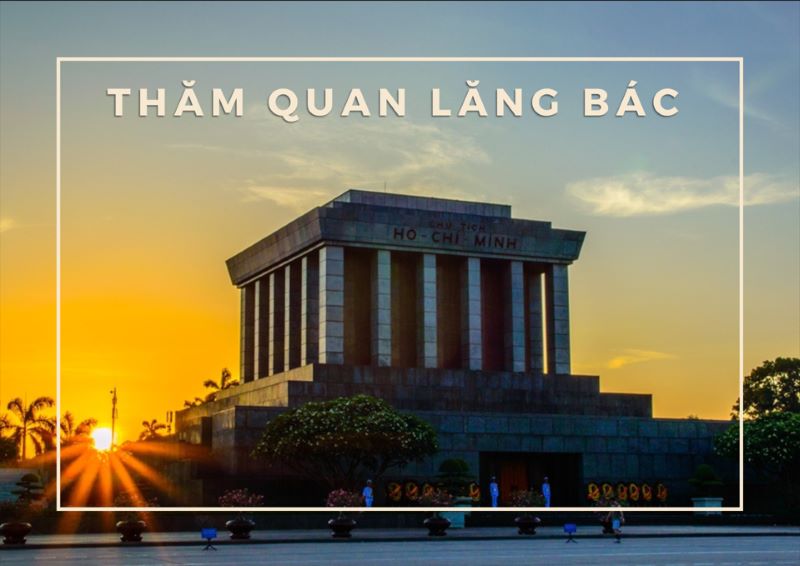
Content
- 1 Overview of Ho Chi Minh’s Resting Place
- 2 The Heroic History of Ho Chi Minh
- 2.1 Biography and Revolutionary Path of Ho Chi Minh
- 2.2 Ho Chi Minh’s Ideals and Vision Throughout His Career
- 2.3 Ho Chi Minh’s Contributions and Sacrifices for National Independence
- 2.4 Cultural Legacy of Ho Chi Minh Left for the Vietnamese Nation
- 2.5 Ho Chi Minh’s Influence in National Development
- 2.6 Significance of the Ho Chi Minh Mausoleum and the Construction of This Grand Structure
- 3 Detailed Description of Ba Dinh Square
- 4 Lapis Hotel Offers a Complete Experience When Visiting Ho Chi Minh Mausoleum
- 5 Detailed Information on Transport and Visiting Ho Chi Minh Mausoleum
- 6 Conclusion
Overview of Ho Chi Minh’s Resting Place
Ho Chi Minh Mausoleum is not just a tourist attraction but also a place that expresses the gratitude and reverence of the people towards President Ho Chi Minh.
Important Historical Location
The Ho Chi Minh Mausoleum, located at Ba Dinh Square, witnessed one of the most significant moments in Vietnamese history. It was here, on September 2, 1945, that President Ho Chi Minh read the Declaration of Independence, establishing the Democratic Republic of Vietnam. This special location not only serves as a memorial but also stands as a historical witness, closely associated with the nation’s major events.
Symbol of Gratitude to the Great Leader
The mausoleum, where the remains of President Ho Chi Minh are preserved, is a symbol of the respect and gratitude the Vietnamese people have for their great leader. The construction of the mausoleum involved resources and dedication from across the country, with carefully selected materials reflecting the spirit of unity and boundless love of the people.
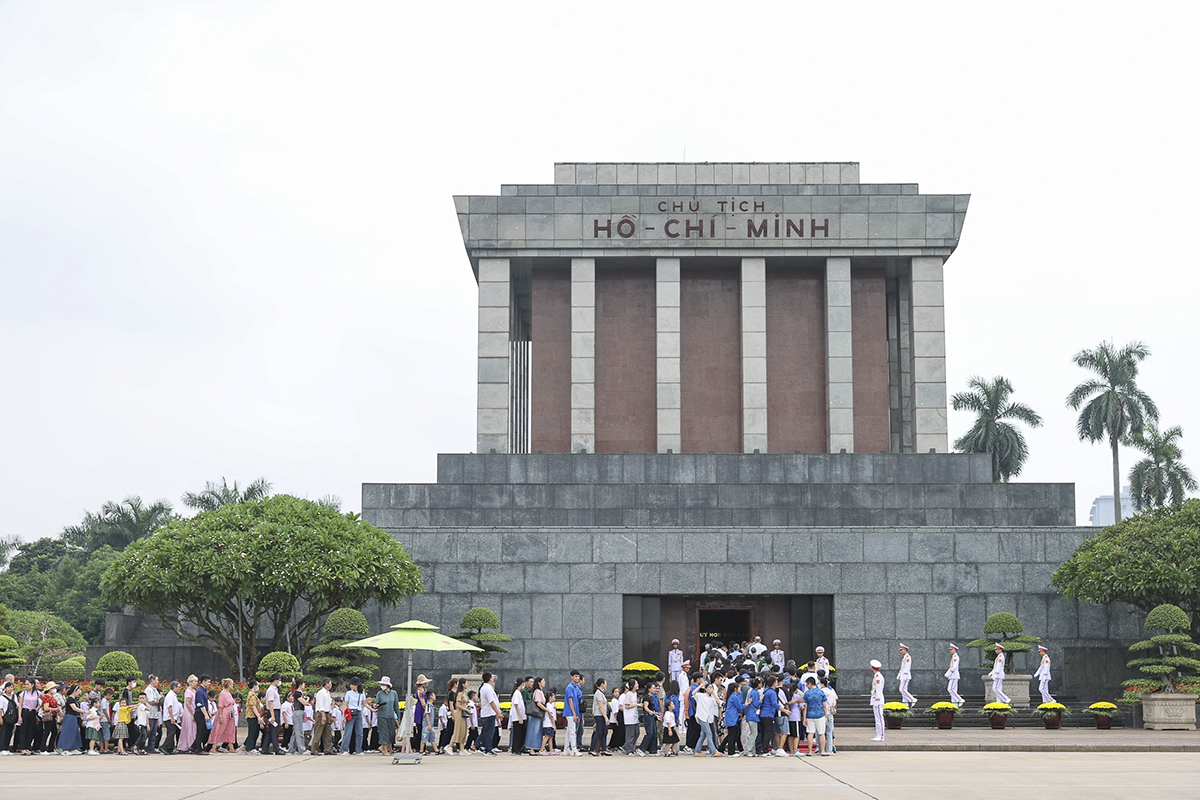
Solemn and Meaningful Architecture
The Ho Chi Minh Mausoleum is designed with a solemn and unique architectural style, harmoniously combining traditional and modern elements. The spacious and open area around the Mausoleum connects to Ba Dinh Square, Ho Chi Minh’s Stilt House, and the Ho Chi Minh Museum, creating a seamless complex of historical and cultural monuments. This structure not only honors Ho Chi Minh’s life and career but also instills a sense of national pride in the hearts of the people.
A Popular Tourist Attraction for Both Domestic and International Visitors
Every year, the Ho Chi Minh Mausoleum welcomes millions of visitors from all over the country and the world. It is not only a place to commemorate and pay tribute to a great leader but also a destination where tourists can learn more about Vietnam’s history and the noble values that Ho Chi Minh dedicated his life to building. For international friends, the Mausoleum is a unique symbol, offering profound insights into the people and the country of Vietnam.
The Heroic History of Ho Chi Minh
Ho Chi Minh was not only a brilliant leader of the country but also a symbol of sacrifice and love for the Vietnamese homeland.
Biography and Revolutionary Path of Ho Chi Minh
President Ho Chi Minh, born Nguyen Sinh Cung, was born on May 19, 1890, in Kim Lien Village, Nam Dan District, Nghe An Province. He was born into a patriotic Confucian family where his parents instilled in him a sense of self-respect, strong will, and a spirit of fighting for justice.
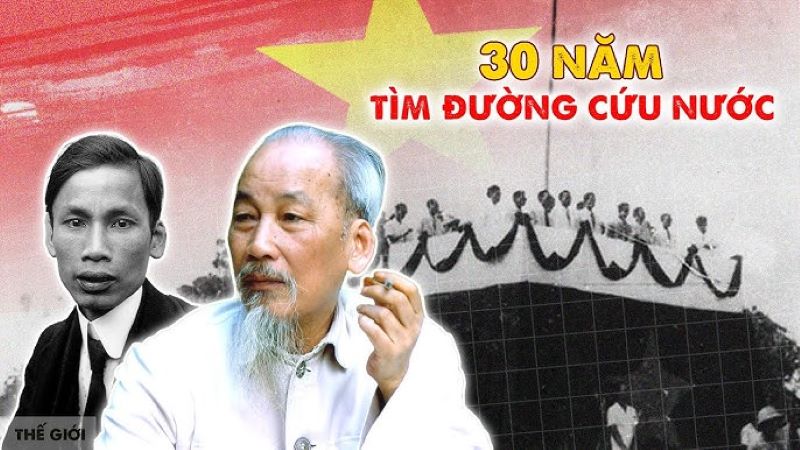
- Ho Chi Minh’s childhood was intertwined with the poverty of his homeland, witnessing the injustices of the feudal and colonial society, which early on instilled in him the aspiration to fight for the nation’s independence and freedom.
- In 1911, at the age of 21, under the name Nguyen Tat Thanh, he left Nha Rong Wharf to begin his journey to find a way to save the country. During 30 years of wandering through many countries, from Asia, Europe to America, he endured countless hardships to learn and understand various revolutionary models.
- In 1920, when he read the “Preliminary Draft Theses on the National and Colonial Questions” by Lenin, he found the guiding light for the Vietnamese revolution. Under the name Nguyen Ai Quoc, he joined the French Communist Party, laying the first foundations for the revolutionary movement in Vietnam.
- Returning to the country in 1941 after many years of revolutionary activities abroad, Ho Chi Minh led the Viet Minh movement, bringing the country to historical turning points.
His life is a symbol of resilience, the spirit of sacrifice for independence, freedom, and the happiness of the people. With his brilliant leadership and strategic vision, he led the country through countless challenges, bringing the Vietnamese nation from the status of slaves to the position of an independent country on the world map.
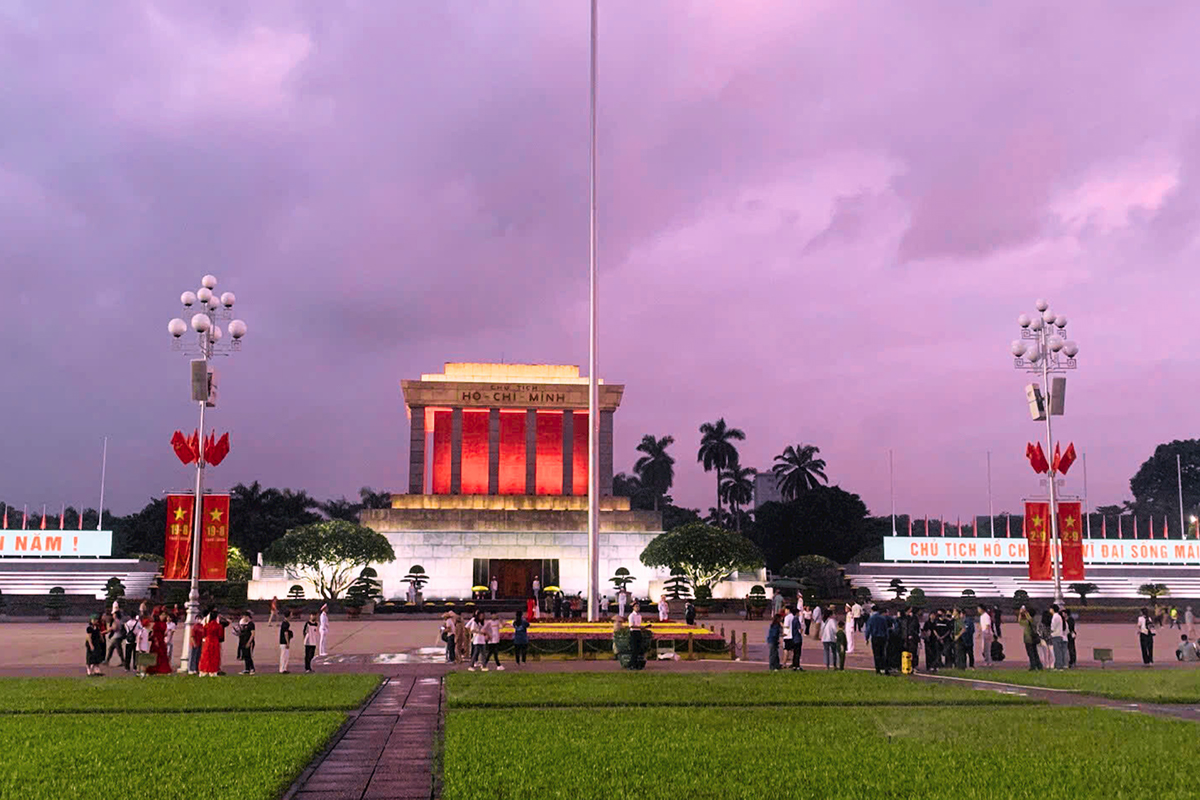
Ho Chi Minh’s Ideals and Vision Throughout His Career
Ho Chi Minh always remained steadfast in his revolutionary ideals of independence and freedom for the nation, and happiness for the people. His thoughts not only had a significant impact on Vietnam but also on the global revolutionary movement. His vision was not just of an independent country but also of a just and peaceful society.
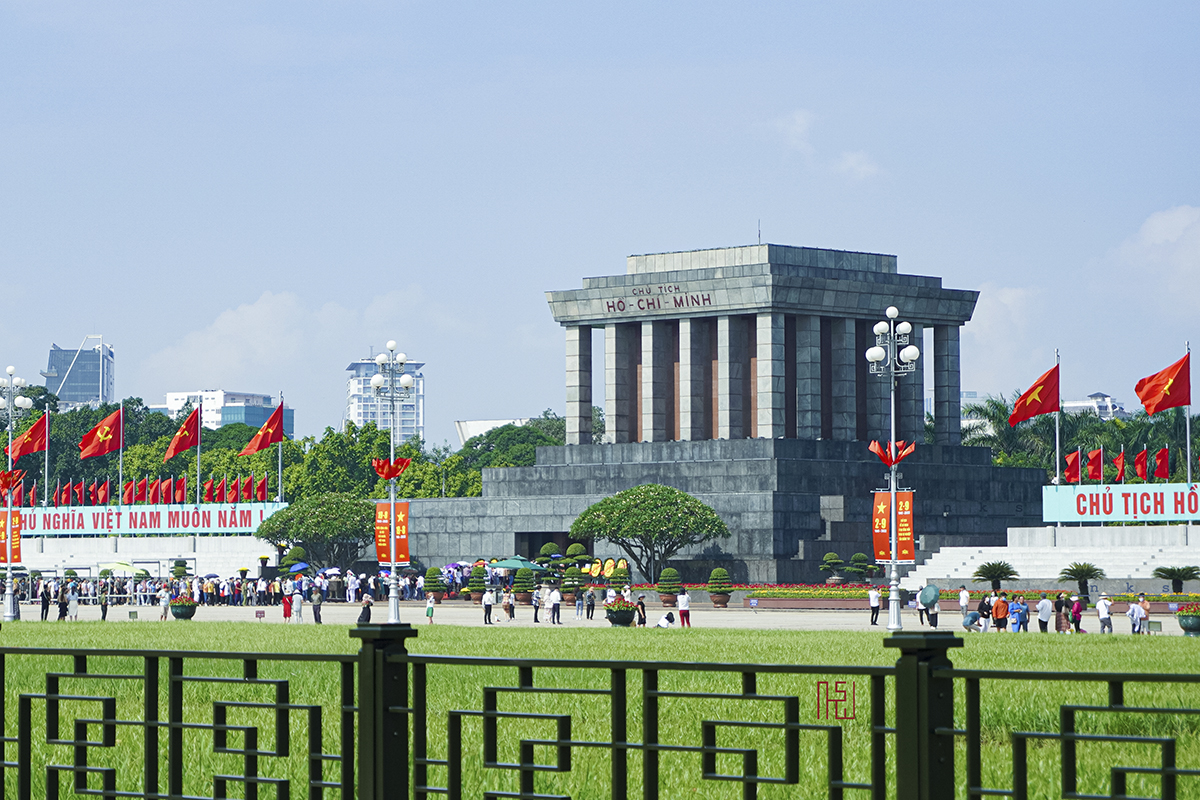
Ho Chi Minh’s Contributions and Sacrifices for National Independence
With personal sacrifices, brilliant leadership, and strategic vision, Ho Chi Minh made significant contributions to the cause of national independence. His sound decisions during the wars, along with the people’s strength, helped Vietnam triumph in the resistance against colonialism and imperialism.
Cultural Legacy of Ho Chi Minh Left for the Vietnamese Nation
The spirit of resilient struggle, simple lifestyle ideals, and boundless patriotism are the legacy that Ho Chi Minh left for future generations. He is not only a leader but also a symbol of self-reliance, resilience, and deep empathy for the people. Those values continue to live on in the hearts of every Vietnamese person.
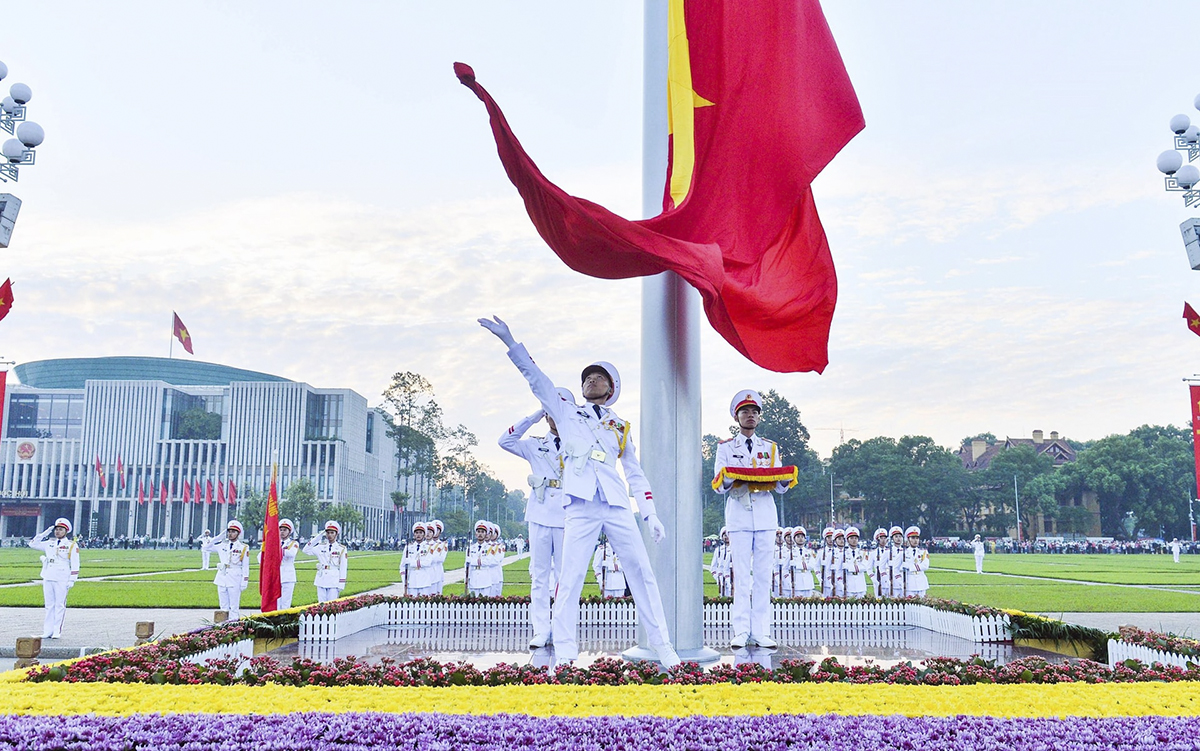
Ho Chi Minh’s Influence in National Development
Ho Chi Minh’s ideology has shaped a culture of peace, unity, and sustainable development. This cultural legacy is reflected not only in policies but also in the comprehensive development approach of Vietnam today in political, economic, and social fields.
Significance of the Ho Chi Minh Mausoleum and the Construction of This Grand Structure
The Ho Chi Minh Mausoleum is not only a place that preserves President Ho Chi Minh’s remains but also a great memorial marking his career. The construction of this structure took many years and required close collaboration between domestic and international experts. This special project is not only one of the great legacies but also a symbol of the respect and honor that the Vietnamese nation holds for Ho Chi Minh.
Detailed Description of Ba Dinh Square
Ba Dinh Square, with its vast and sacred space, is not only an important political center of Hanoi but also a site that has witnessed many significant historical milestones of the Vietnamese nation..
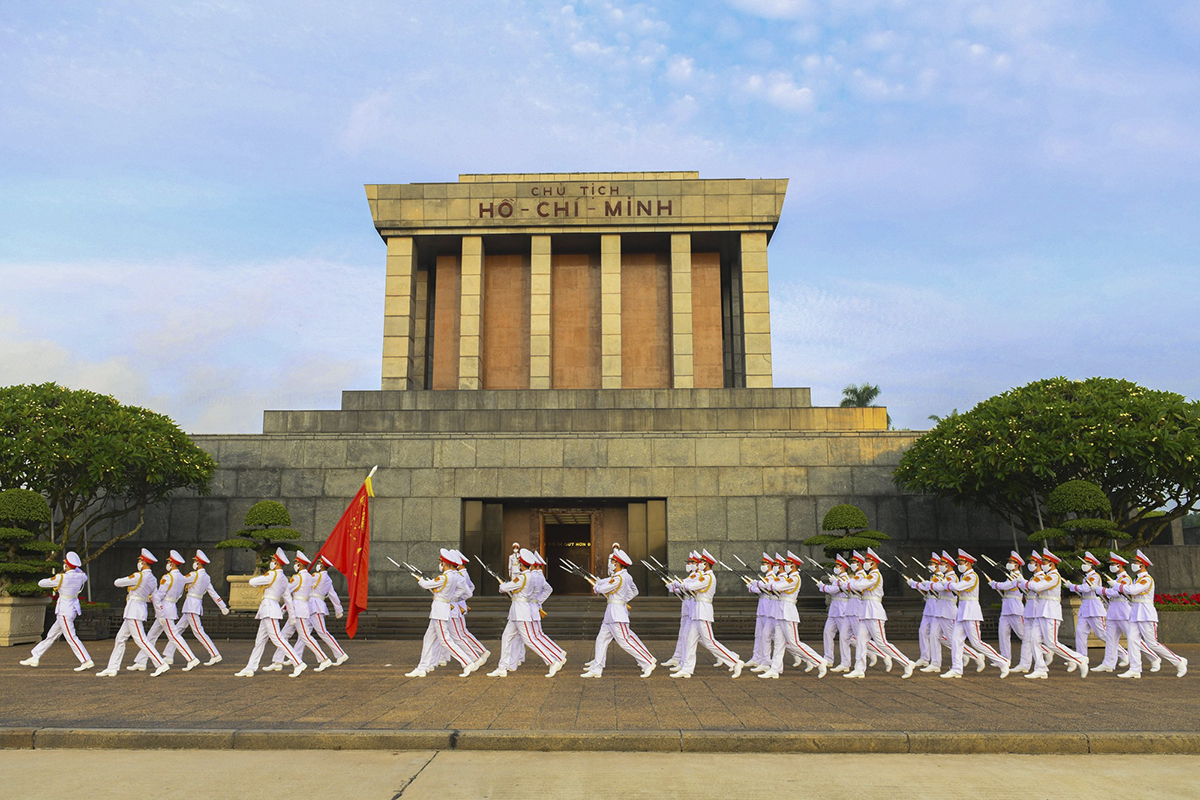
History and Historical Significance of Ba Dinh Square
Ba Dinh Square has witnessed the most significant events in Vietnamese history. On September 2, 1945, President Ho Chi Minh stood before millions of compatriots, reading the Declaration of Independence, proclaiming the birth of the Democratic Republic of Vietnam. This moment marked the end of colonial rule and the beginning of a new era of independence and freedom for the country.
Historical and Cultural Symbol
Ba Dinh Square is designed with a large area, open space, creating a solemn and respectful atmosphere. From afar, visitors can feel the vast beauty and grandeur of this structure. The square can accommodate tens of thousands of people and is a venue for major events and political and cultural activities. The square’s surface is paved with granite, and the pathways are scientifically arranged to create a spacious, airy environment, making it easy for people and visitors to move around.
Prominent Structures at Ba Dinh Square
Each structure within the square carries rich cultural and historical values, built with respect and preserving the memories of the nation’s great leader.
- The Ho Chi Minh Mausoleum is where President Ho Chi Minh’s remains are kept, an essential destination for every visitor to Hanoi. This structure is not only a place for people and tourists to visit but also a symbol of boundless respect for Ho Chi Minh.
- Ho Chi Minh’s Stilt House is where he lived and worked during his final years. This simple house reflects his simple yet profoundly meaningful life, serving as a model of simple living and closeness to the people.
- The Ho Chi Minh Museum showcases artifacts, documents, and photographs that depict his life and revolutionary career, helping future generations understand his life and thoughts.
From the solemn Ho Chi Minh Mausoleum, the meaningful simple Stilt House, to the Ho Chi Minh Museum preserving lasting values, each structure tells stories of patriotism, resilience, and national unity.
Important Events Held at Ba Dinh Square
The square is not only a place that preserves the imprints of the arduous struggle for national independence and freedom but also a venue for important political and cultural events.
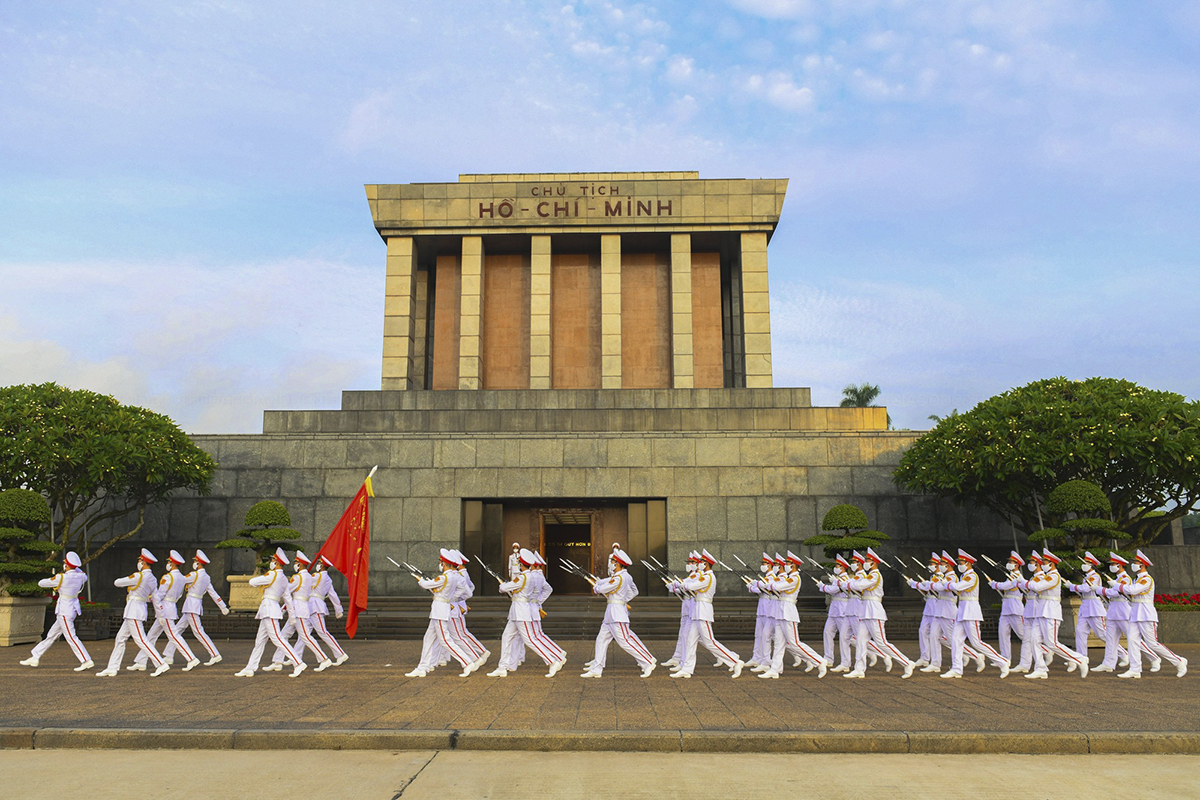
- National Day Celebration on September 2nd: Every year, Ba Dinh Square hosts the National Day celebration, attracting thousands of citizens and visitors. This is an occasion to remember and honor the great contributions of President Ho Chi Minh and the national heroes.
- Military Parade: The square is also the venue for military parades, an important activity to showcase the nation’s strength and unity.
- Reception of International Leaders: It hosts events to welcome heads of state and international leaders, highlighting Vietnam’s hospitality and international exchange.
Commemoration of National Heroes: The square is a sacred space for people and visitors to offer incense and remember those who sacrificed for the cause of national liberation.
Lapis Hotel Offers a Complete Experience When Visiting Ho Chi Minh Mausoleum
When choosing to stay at Hotel Lapis, guests not only enjoy a comfortable stay in a luxurious setting but also have the opportunity to explore the prominent tourist attractions of Hanoi, especially the Ho Chi Minh Mausoleum. With its location just a few minutes away from the Mausoleum, visitors can easily tour and learn about this important historical site without spending much time.
After a meaningful day of sightseeing, guests can return to the hotel to relax in comfortable rooms or enjoy services like the spa and gym to rejuvenate. This combination provides a complete experience, blending cultural and historical exploration with relaxation and rest.
Detailed Information on Transport and Visiting Ho Chi Minh Mausoleum
Here is the detailed information provided by Lapis to help you easily access and enjoy a meaningful visit to the Ho Chi Minh Mausoleum during your trip.
| Criteria | Detail Infomation |
| Distance to Uncle Ho’s Mausoleum | Hotel Lapis is about 3 km from the Ho Chi Minh Mausoleum, an ideal distance that allows visitors to conveniently travel without spending too much time. This location is also near other famous landmarks such as the One Pillar Pagoda, the Ho Chi Minh Museum, and the Temple of Literature, making it easy for you to combine visits |
| Transportation |
|
| Travel time |
|
| Sightseeing ticket price |
|
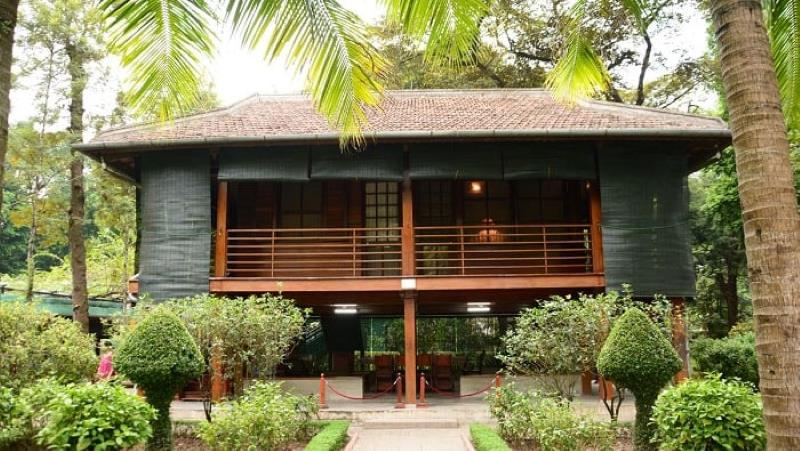
Conclusion
Visiting the Ho Chi Minh Mausoleum is just a few minutes’ drive when staying at Hotel Lapis Hanoi, providing you not only with maximum convenience but also a full experience of the cultural and historical beauty of the capital. From the luxurious accommodation at Hotel Lapis, you can easily explore historical landmarks, immerse yourself in the rhythm of Hanoi, and create memorable experiences for your trip.
Direct Contact Information to Visit Ho Chi Minh Mausoleum
- Phone: 024 3633 3333
- Email: info@thelapishotel.com
- Official Website: https://thelapishotel.com
- Social Media: https://www.facebook.com/thelapishotel

